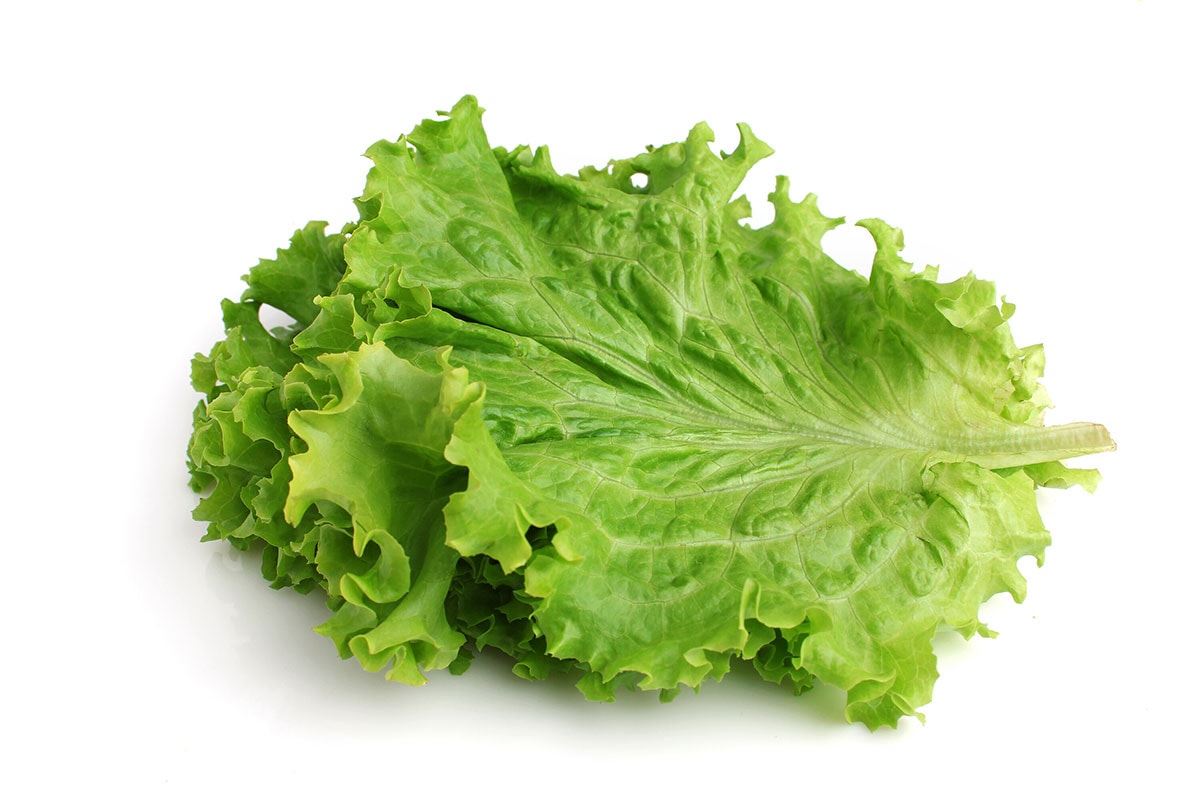

Articles
How To Store Green Leaf Lettuce
Modified: December 7, 2023
Learn the best methods for storing green leaf lettuce to keep it fresh and crisp for longer. Read our informative articles for helpful tips and tricks.
(Many of the links in this article redirect to a specific reviewed product. Your purchase of these products through affiliate links helps to generate commission for Storables.com, at no extra cost. Learn more)
Introduction
Green leaf lettuce is a versatile and nutritious leafy green vegetable that can be used in a variety of dishes, from salads to sandwiches to wraps. Its delicate leaves and crisp texture make it a popular choice for many individuals looking to add a healthy dose of greens to their meals.
However, like any fresh produce, green leaf lettuce has a limited lifespan and can quickly wilt or spoil if not stored properly. Proper storage is crucial to maintaining the freshness, texture, and flavor of the lettuce, ensuring that it can be enjoyed over an extended period of time.
In this article, we will delve into the world of storing green leaf lettuce. We will cover topics ranging from choosing the right lettuce to various storage methods that can help prolong its freshness. Whether you are a home cook, a restaurant owner, or simply someone who loves their greens, this article will provide you with all the necessary information to store green leaf lettuce effectively.
So, let’s dive in and explore the world of storing green leaf lettuce to ensure that your salads are always fresh and vibrant!
Key Takeaways:
- Choose vibrant, crisp green leaf lettuce for longer shelf life. Opt for organic, whole heads, and avoid bruised leaves to ensure freshness and flavor in your dishes.
- Store green leaf lettuce in the refrigerator with paper towels or in a container with water to maintain crispness. Use it in salads, wraps, and sandwiches before it wilts for maximum enjoyment.
Read more: How To Store Red Leaf Lettuce
Choosing the Right Green Leaf Lettuce
When it comes to choosing green leaf lettuce, there are a few key factors to consider. By selecting the right lettuce, you can ensure that it will have a longer shelf life and stay fresh for a more extended period. Here are some tips to help you choose the best green leaf lettuce:
1. Look for vibrant color: When selecting green leaf lettuce, look for leaves that are vibrant green in color. Avoid lettuce that has any yellow or brown spots, as this indicates that it may be past its prime and will spoil more quickly.
2. Check for crispness: The texture of green leaf lettuce is essential. Choose lettuce leaves that feel crisp and firm in your hands. Avoid lettuce that feels limp or wilted, as it may not last as long once stored.
3. Avoid bruised or damaged leaves: Inspect the lettuce carefully for any bruised or damaged leaves. A few small blemishes may not be a cause for concern, but if the majority of the leaves appear damaged or bruised, it’s best to choose a different head of lettuce.
4. Consider organic options: Organic green leaf lettuce is grown without the use of synthetic pesticides and fertilizers, making it a healthier choice for you and the environment. Choosing organic lettuce can also contribute to a more sustainable and eco-friendly lifestyle.
5. Opt for whole heads: Whole heads of green leaf lettuce tend to stay fresher longer than pre-cut or bagged lettuce. When purchasing lettuce, opt for whole heads whenever possible. This will allow you to inspect the leaves thoroughly and choose the freshest option.
By following these guidelines, you can ensure that you choose the best green leaf lettuce for storage. Remember, fresh, vibrant, and crisp lettuce will have a longer shelf life and provide the best flavor and texture for your dishes.
Cleaning and Preparing Green Leaf Lettuce
Properly cleaning and preparing green leaf lettuce is essential to remove any dirt, debris, or bacteria that may be present on the leaves. By following the steps below, you can ensure that your lettuce is clean, safe to eat, and ready to be stored:
1. Rinse the lettuce: Begin by rinsing the leaves under cold running water. Gently separate the leaves to allow the water to flow through and wash away any dirt or residue.
2. Inspect for any signs of contamination: While rinsing, inspect the leaves for any signs of insects, mold, or other forms of contamination. Remove any damaged or discolored leaves.
3. Soak in cold water: Once the lettuce has been rinsed thoroughly, fill a clean sink or a large bowl with cold water. Submerge the lettuce leaves in the water, allowing them to soak for a few minutes. This will help loosen any remaining dirt or debris.
4. Swish the leaves: Gently swish the lettuce leaves around in the water to further dislodge any dirt. Be careful not to be too rough, as delicate lettuce leaves can tear easily.
5. Rinse again: After soaking and swishing, remove the lettuce leaves from the water and rinse them under cold running water once more. This final rinse will ensure that any loosened dirt or debris is washed away.
6. Pat dry: Using a clean kitchen towel or paper towels, gently pat the lettuce leaves dry. It’s important to remove excess moisture as wet leaves can become prone to wilting and spoilage.
7. Tear or chop as desired: Once the lettuce leaves are dry, you can tear them into bite-sized pieces or chop them into smaller, more manageable pieces, depending on your preference and the recipe you plan to use them in.
By following these steps, you can ensure that your green leaf lettuce is properly cleaned and prepared for storage. Clean lettuce not only tastes better but also stays fresher longer when stored correctly. So take the time to clean your lettuce thoroughly before storing it, and enjoy the benefits of fresh, crisp greens in your dishes.
Storing Green Leaf Lettuce in the Refrigerator
Proper storage is key to maintaining the freshness and crispness of green leaf lettuce. When stored correctly, lettuce can last for several days in the refrigerator, allowing you to enjoy it in various recipes. Here are the steps to store green leaf lettuce in the refrigerator:
1. Prep the lettuce: After cleaning and preparing the lettuce, ensure that it is completely dry. Excess moisture can cause the leaves to become soggy and promote spoilage.
2. Wrap in paper towels: Take a few pieces of paper towels and gently wrap them around the lettuce leaves. The paper towels will help absorb any remaining moisture and keep the leaves dry.
3. Place in a resealable bag or container: Transfer the wrapped lettuce to a resealable bag or an airtight container. Make sure the container is large enough to accommodate the lettuce without crushing the leaves.
4. Remove excess air: If using a resealable bag, gently press out as much air as possible before sealing it. This will help prevent oxidation and maintain the crispness of the lettuce.
5. Store in the refrigerator: Place the bag or container of lettuce in the refrigerator, preferably in the crisper drawer. The cool temperature will help prolong the shelf life of the lettuce.
6. Check and refresh: Check the lettuce every couple of days to ensure that it is still fresh. If the paper towels become damp, replace them with dry ones to maintain the lettuce’s crispness.
By following these steps, you can store green leaf lettuce in the refrigerator and extend its shelf life. Properly wrapped and stored lettuce can stay fresh for up to a week, allowing you to enjoy salads, wraps, and other dishes with crisp and vibrant greens.
Remember, storing lettuce in the refrigerator is essential to maintain its freshness, but it’s also important to use it within a reasonable timeframe. While refrigeration can slow down the deterioration process, lettuce will eventually start to wilt and lose its quality. So make sure to use the lettuce before it becomes too limp or develops any signs of spoilage.
To store green leaf lettuce, wash and dry the leaves thoroughly, then wrap them in a paper towel and place in a resealable plastic bag. Store in the crisper drawer of the refrigerator for up to a week.
Storing Green Leaf Lettuce in a Container with Water
Another effective method for storing green leaf lettuce is to store it in a container with water. This technique can help keep the lettuce hydrated and crisp, prolonging its shelf life and maintaining its freshness. Here’s how to store green leaf lettuce in a container with water:
1. Prep the lettuce: Clean and prepare the lettuce by following the steps mentioned earlier. Ensure that the leaves are dry before proceeding.
2. Choose a suitable container: Select a container that is large enough to accommodate the lettuce leaves. You can use a wide, shallow dish or a container with a lid.
3. Add water to the container: Fill the container with cold, clean water. The water level should be just enough to submerge the bottom ends of the lettuce leaves.
4. Place the lettuce in the container: Gently place the lettuce leaves into the water, making sure the bottom ends are submerged. You can loosely bunch the leaves together or arrange them in a single layer, depending on the size of the container.
5. Cover the container: If your container has a lid, cover it to help maintain the humidity levels. If you’re using a dish without a lid, loosely cover it with plastic wrap or aluminum foil.
6. Store in the refrigerator: Place the container with the lettuce in the refrigerator. The cool temperature will help slow down the wilting process and keep the leaves hydrated.
7. Change the water regularly: While the lettuce is stored in the container, make sure to change the water every couple of days. This will help prevent bacterial growth and maintain the freshness of the lettuce.
By storing green leaf lettuce in a container with water, you can extend its shelf life and keep it crisp for a longer period. This method works well for larger quantities of lettuce and can be particularly beneficial if you plan to use the lettuce for salads and other recipes where crispness is key.
Just keep in mind that this method is best suited for whole lettuce heads or larger portions of leaves. Smaller loose leaves may not hold up as well in water and may become too soggy. Adjust the quantity of lettuce and water based on your specific needs.
With this storage technique, you can enjoy fresh and crisp green leaf lettuce for an extended time, ensuring that your meals are flavorful, nutritious, and visually appealing.
Read more: How To Store Lettuce In Refrigerator
Using Green Leaf Lettuce before it Wilts
Green leaf lettuce is at its best when it is fresh, crisp, and vibrant. To fully enjoy its flavor and nutritional benefits, it’s important to use the lettuce before it starts to wilt. Here are some tips to make the most of your green leaf lettuce before it wilts:
1. Plan your meals: Take a moment to plan your meals and incorporate green leaf lettuce into recipes that you’ll be preparing within a day or two. This way, you can ensure that the lettuce is used when it’s at its peak freshness.
2. Use it in salads: Green leaf lettuce is perfect for salads. Tear or chop the lettuce leaves into bite-sized pieces and combine them with your favorite salad ingredients such as tomatoes, cucumbers, carrots, or toppings like nuts and cheese. Dress the salad just before serving to maintain the crispness of the lettuce.
3. Make lettuce wraps: Green leaf lettuce makes an excellent substitute for tortillas or bread in wraps. Fill the lettuce leaves with your choice of protein, vegetables, and condiments for a refreshing and low-carb meal option.
4. Add it to sandwiches: Upgrade your sandwiches by adding a layer of green leaf lettuce. Its crisp texture and fresh flavor will elevate the taste and provide a healthy crunch.
5. Create flavorful wraps: Use green leaf lettuce as a wrapper for flavorful fillings such as grilled chicken, shrimp, or tofu. Roll the lettuce around the fillings to create a delicious and nutritious handheld wrap.
6. Blend it into smoothies: While it may sound unconventional, green leaf lettuce can be added to green smoothies for an extra dose of nutrients. Blend it with fruits, yogurt, and your choice of liquid for a refreshing and nutritious beverage.
7. Quickly sauté it: If your green leaf lettuce is starting to wilt slightly, you can salvage it by quickly sautéing it with a little olive oil and garlic. This method can revive the texture and enhance the flavor, making it a great side dish or addition to stir-fries.
Remember, the key to using green leaf lettuce before it wilts is to incorporate it into your meals as soon as possible. With proper planning and creativity, you can enjoy the crispness and freshness of green leaf lettuce in a variety of dishes, ensuring that every bite is a delight.
By following these tips, you can make the most of your green leaf lettuce and savor its natural goodness before it starts showing signs of wilting. Enjoy the versatility of this leafy green and explore different recipes to truly appreciate its flavors and textures.
Conclusion
Green leaf lettuce is a nutritious and versatile leafy green that can add a refreshing crunch to a variety of dishes. To make the most of this vibrant vegetable and ensure its freshness, proper storage is essential. Whether you choose to store green leaf lettuce in the refrigerator or in a container with water, following the right techniques can significantly prolong its shelf life.
Choosing the right green leaf lettuce is the first step in preserving its freshness. Look for vibrant color, crispness, and avoid any signs of damage or bruising. Cleaning the lettuce thoroughly and removing excess moisture is crucial before storing it. Whether you choose to wrap it in paper towels or submerge it in water, keeping the lettuce dry and storing it in the refrigerator will help maintain its crispness and prevent wilting.
Using green leaf lettuce before it starts to wilt is equally important. Incorporate it into salads, sandwiches, wraps, or even sauté it to take full advantage of its flavor and texture. Planning your meals ahead of time can help you use the lettuce at its peak freshness, ensuring that every dish is vibrant and delicious.
In conclusion, storing and using green leaf lettuce properly can make a significant difference in its longevity and quality. By following the techniques and tips outlined in this article, you can enjoy fresh, crisp, and flavorful green leaf lettuce for an extended period. So, next time you have green leaf lettuce on hand, store it correctly and embrace the versatility of this leafy green in your culinary creations.
Frequently Asked Questions about How To Store Green Leaf Lettuce
Was this page helpful?
At Storables.com, we guarantee accurate and reliable information. Our content, validated by Expert Board Contributors, is crafted following stringent Editorial Policies. We're committed to providing you with well-researched, expert-backed insights for all your informational needs.
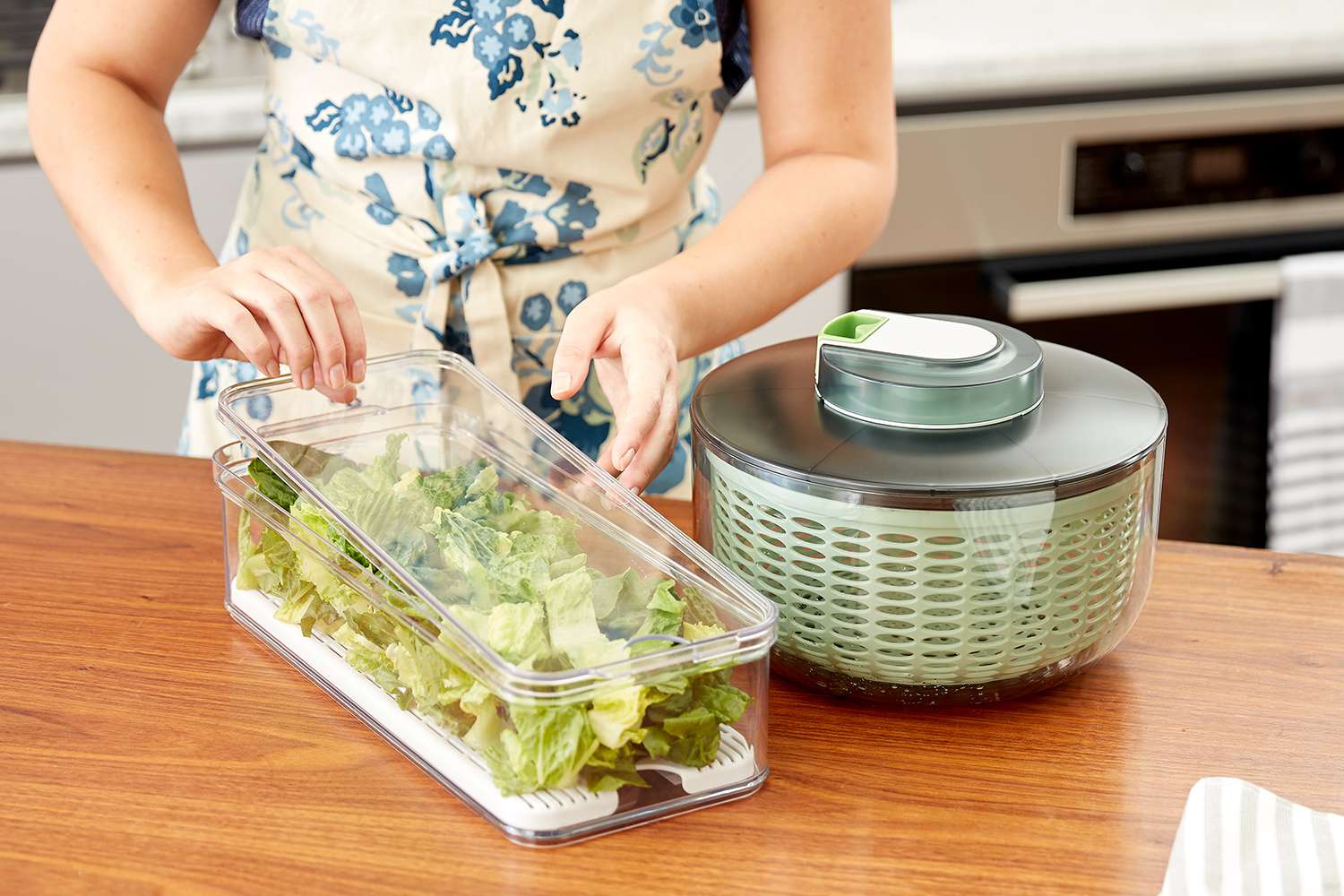
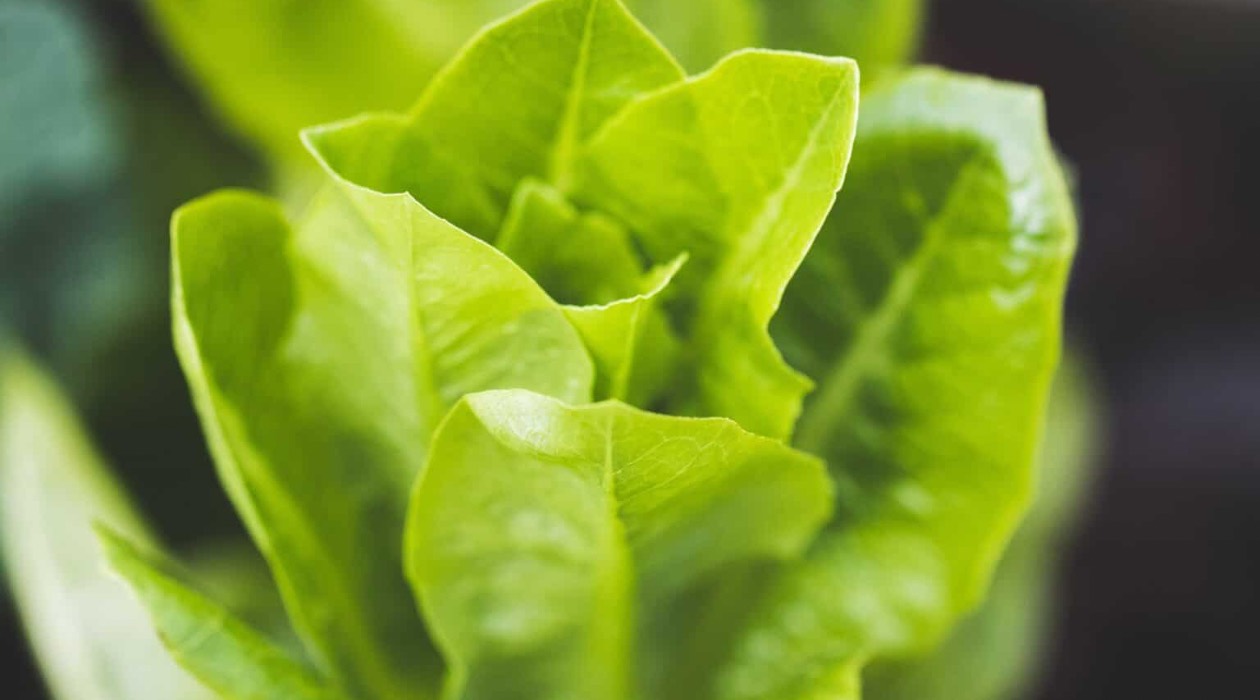
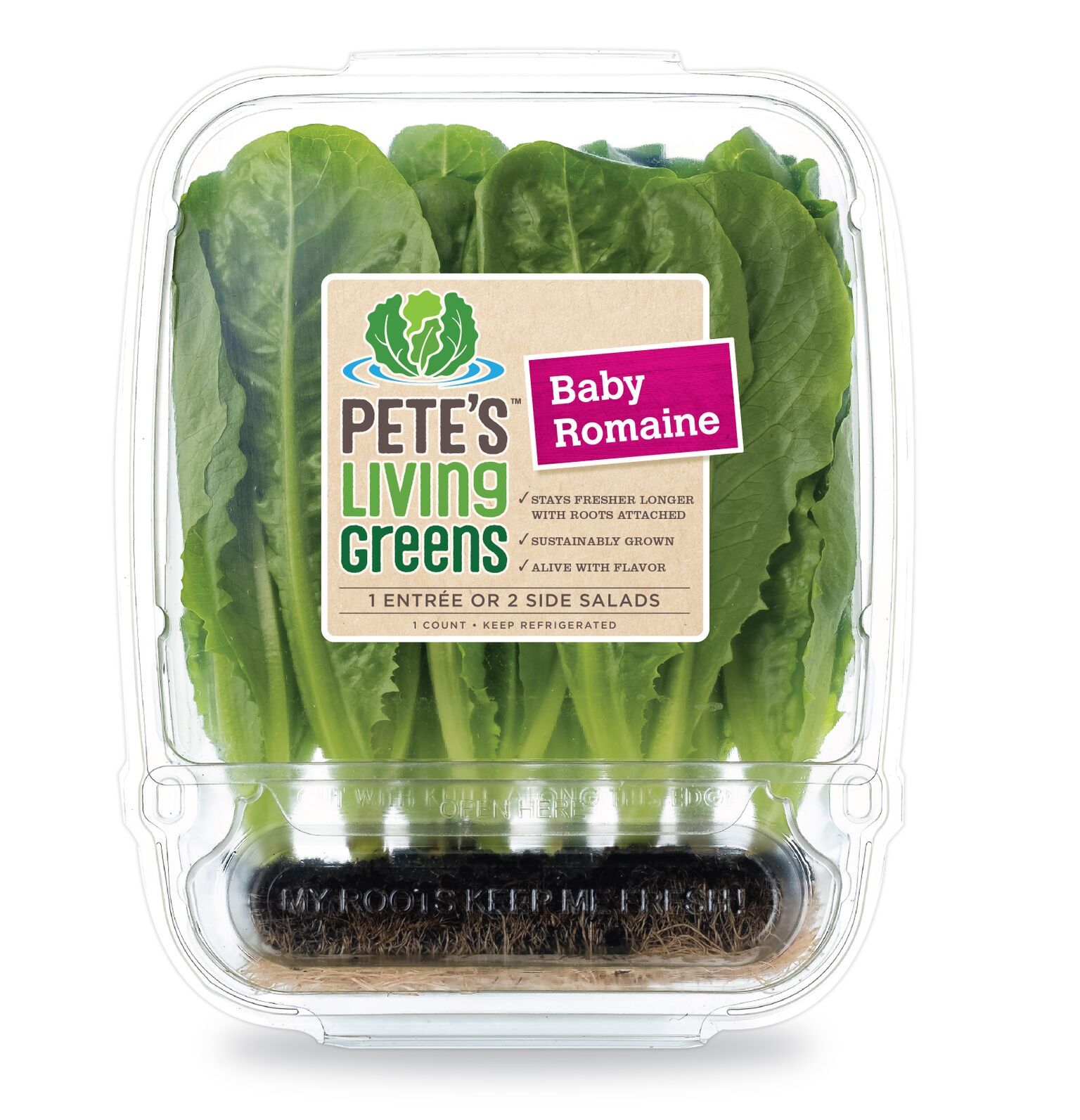
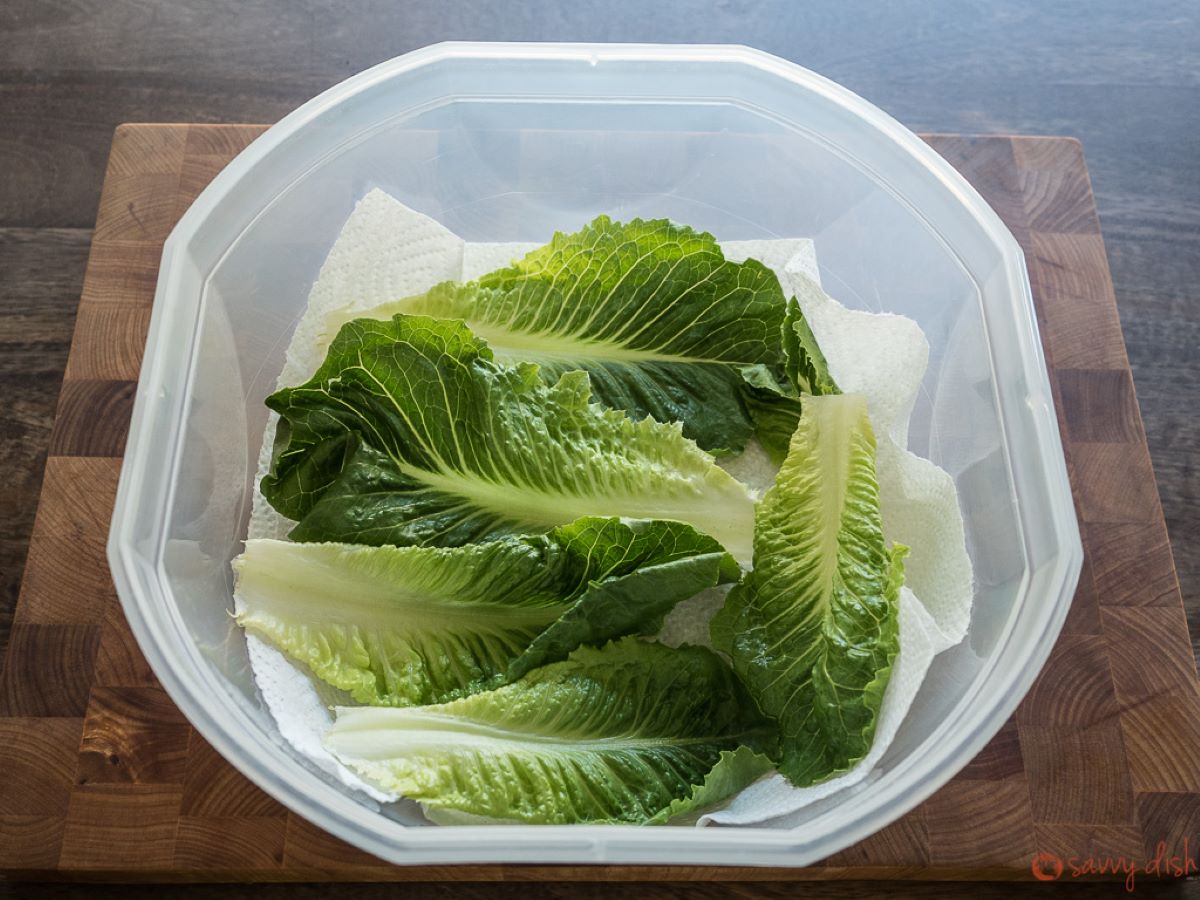
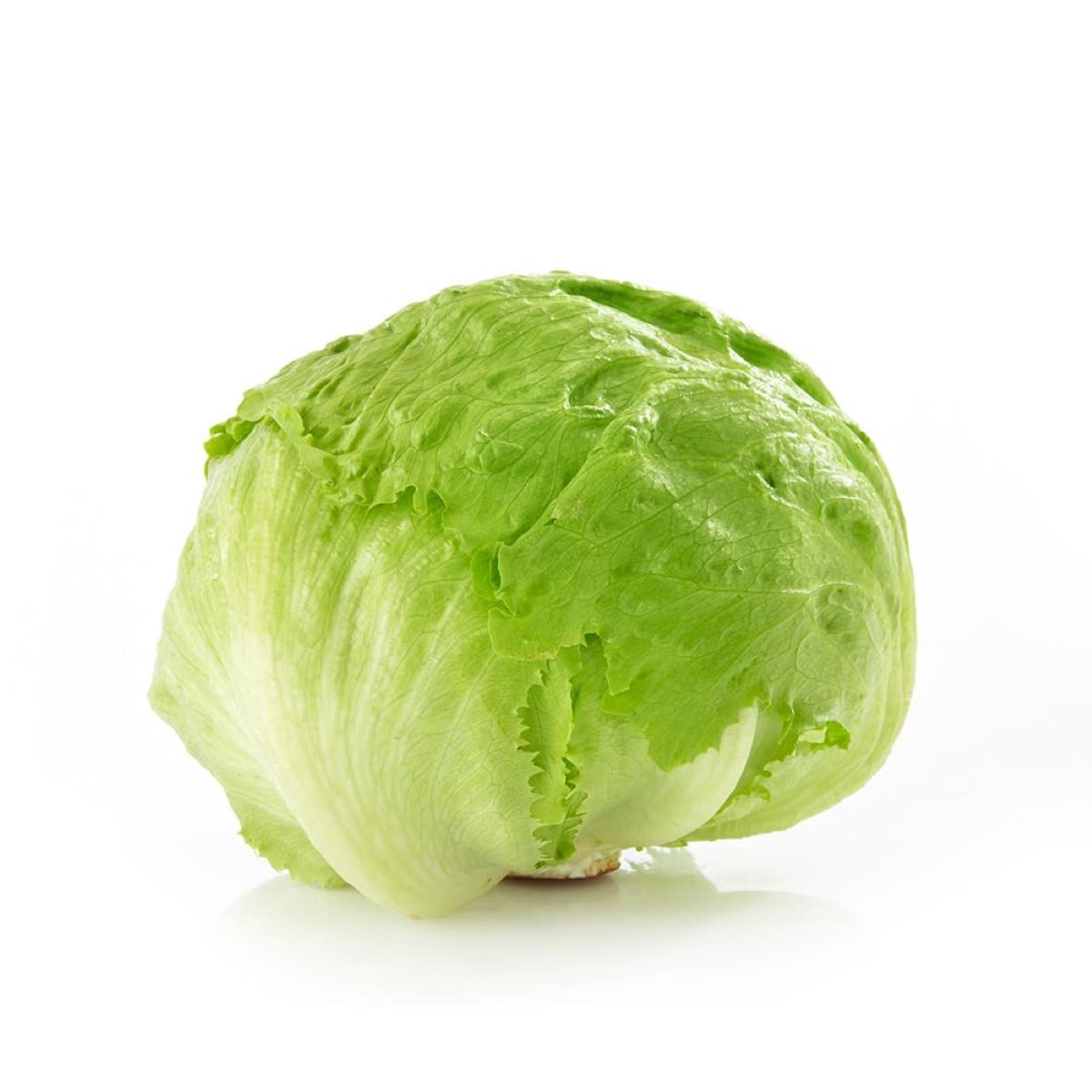
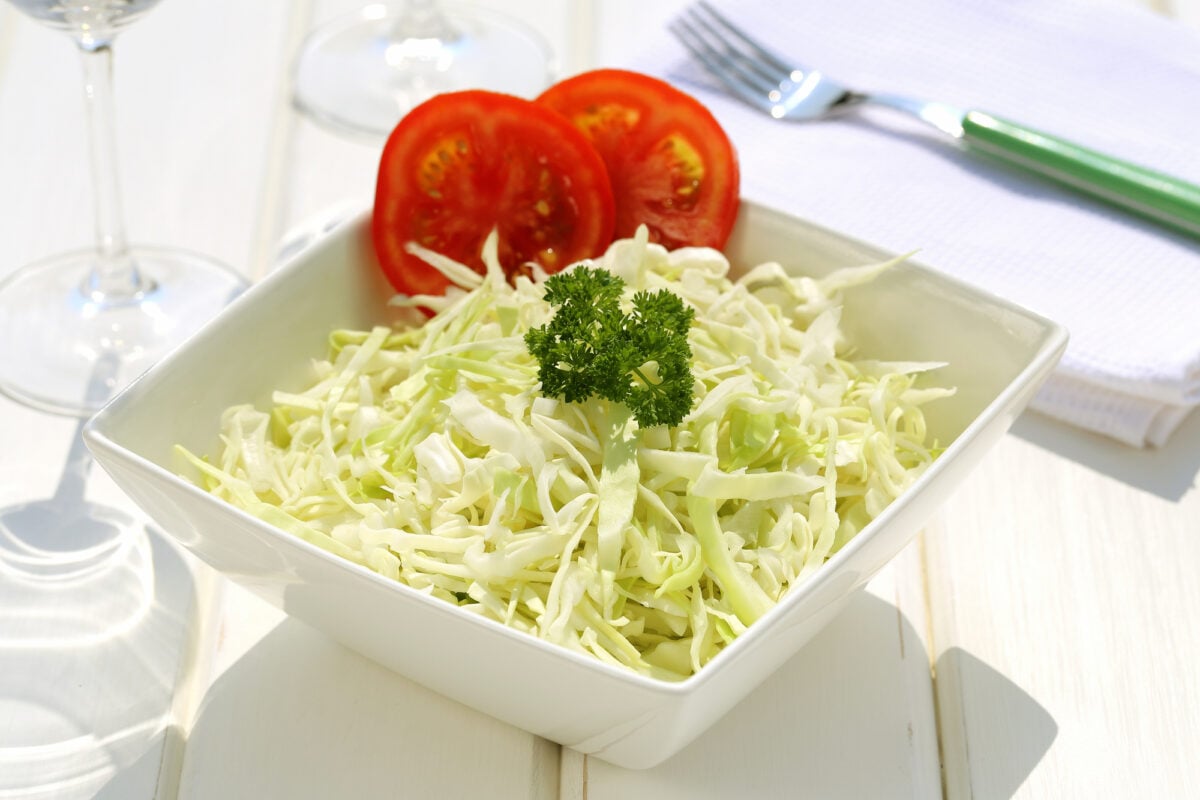
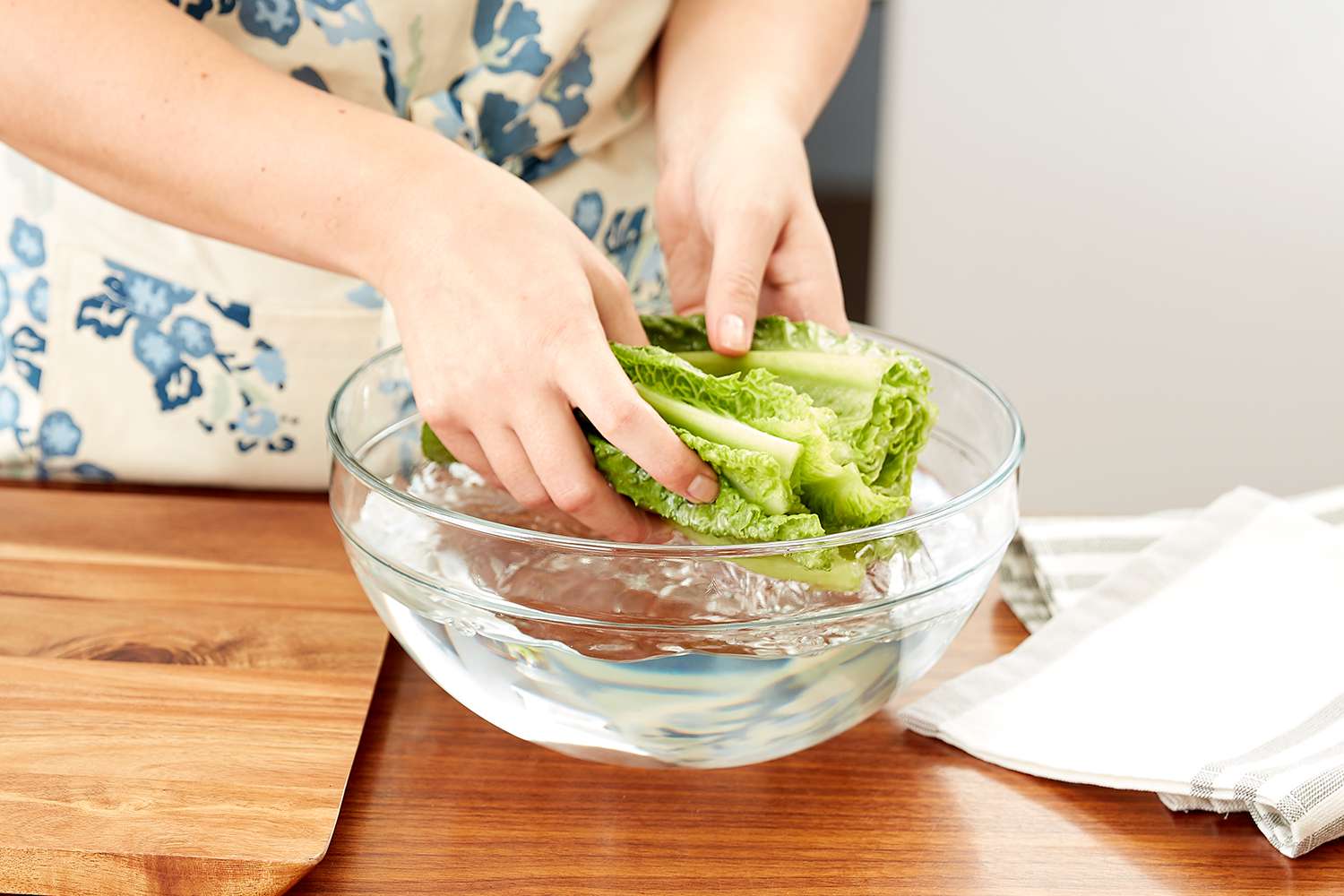
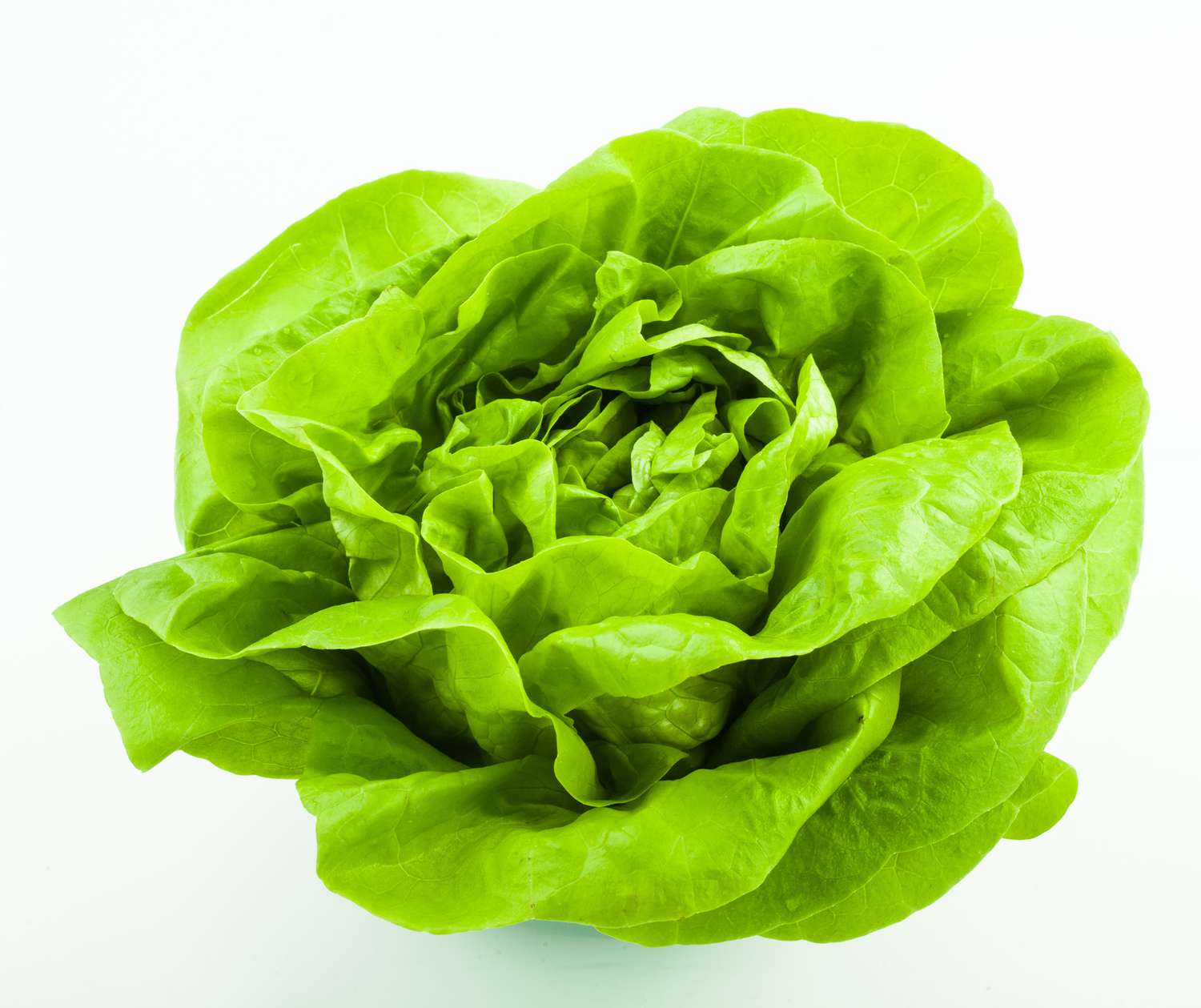
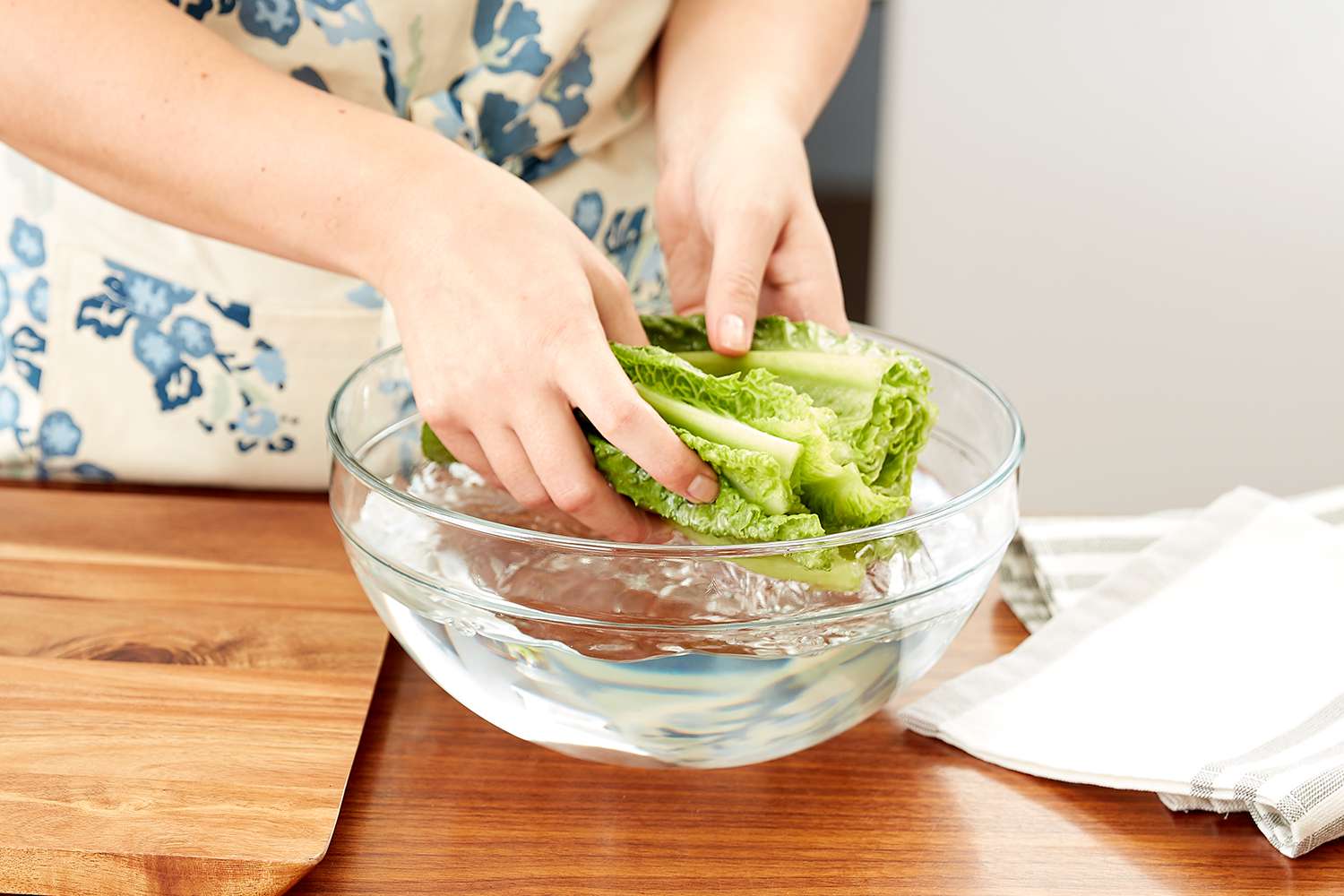
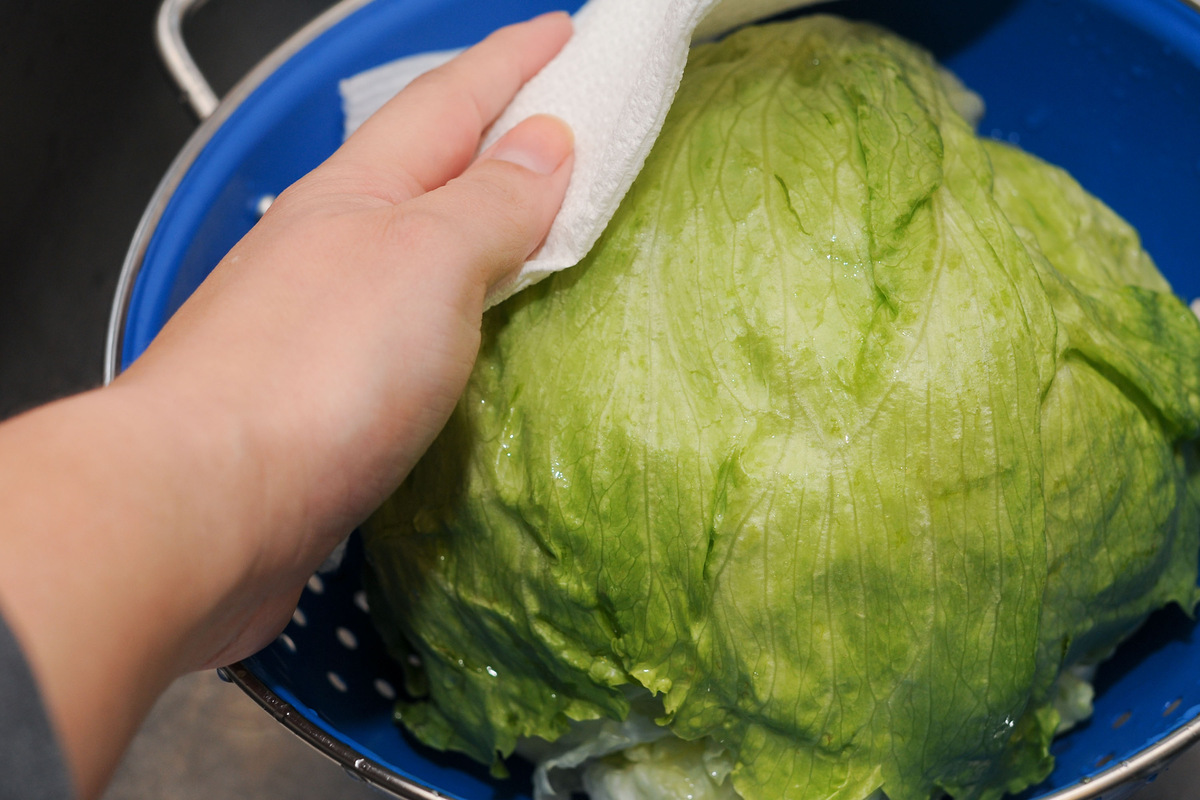
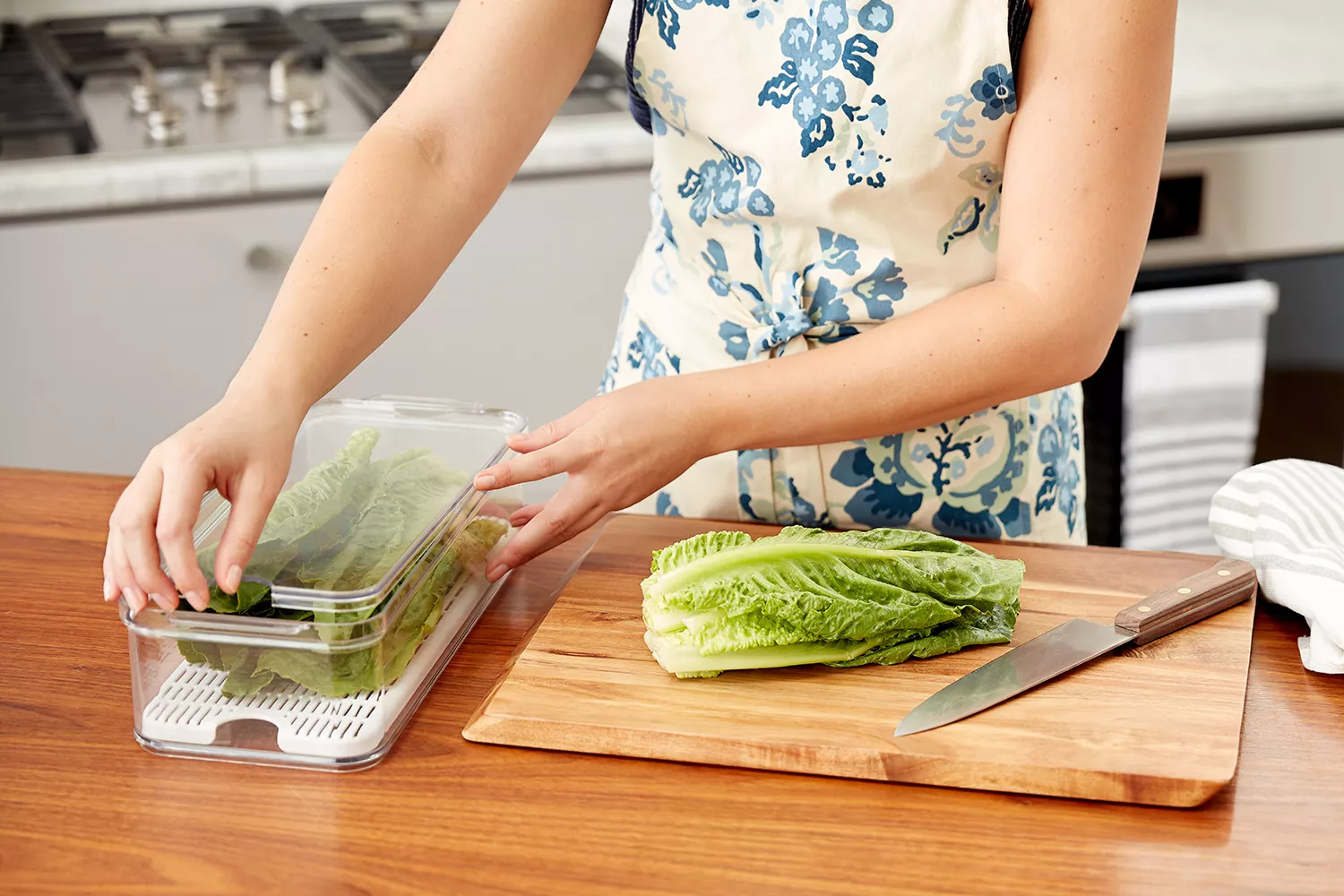
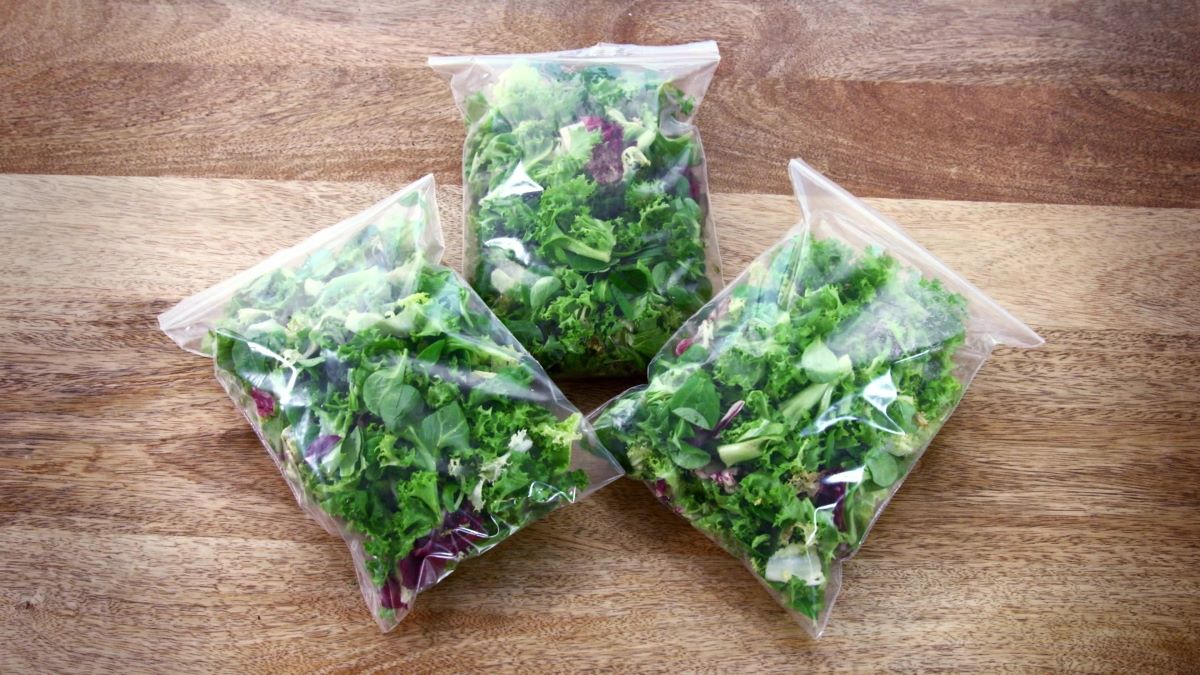

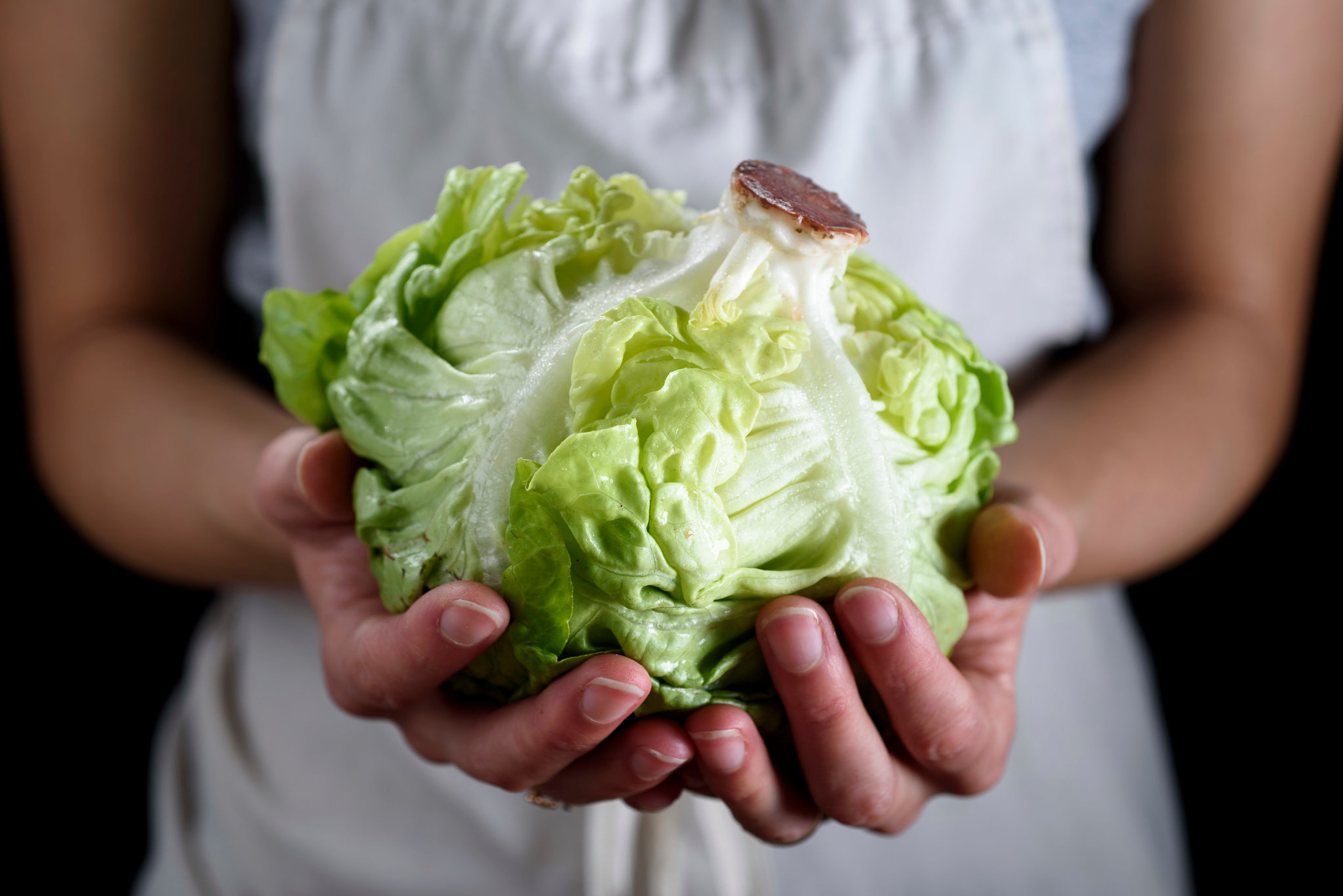

0 thoughts on “How To Store Green Leaf Lettuce”